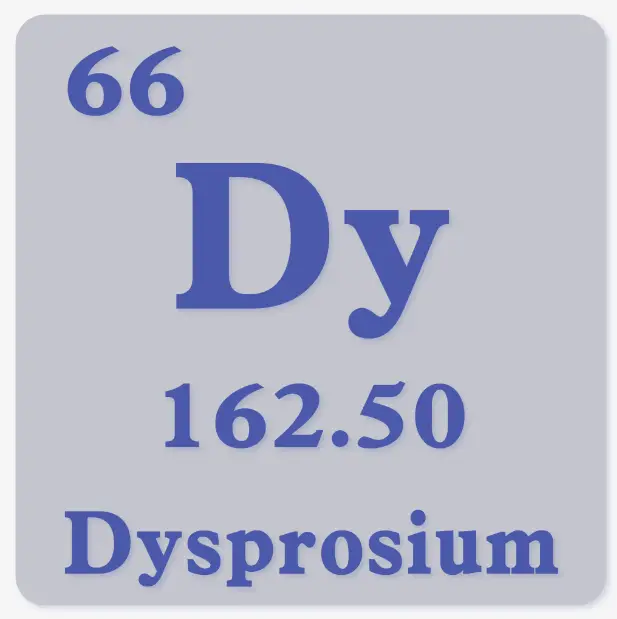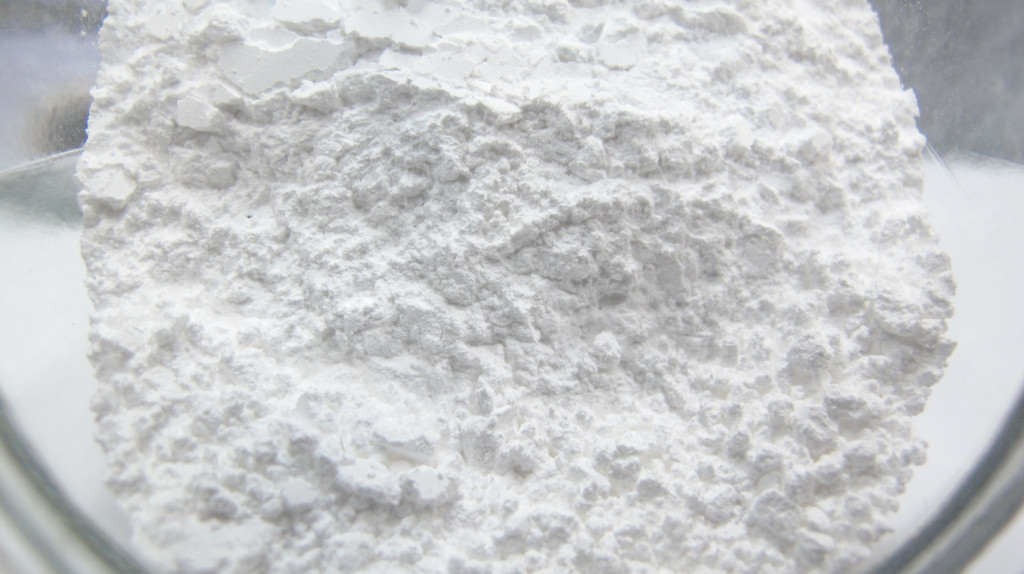Introduction
Dysprosium was first isolated in 1886 by French chemist Paul Émile L. de Boisbaudran while studying erbium oxide in Paris. He named the new element “Dysprosium,” derived from the Greek word Dysprositos (δυσπρόσιτος), meaning “difficult to access,” highlighting its rarity.
Dysprosium found in nature consists of seven isotopes: 156Dy, 158Dy, and 160Dy through 164Dy, with 164Dy being the most abundant. Scientists have synthesized 29 radioactive isotopes, the most stable being 154Dy, while 138Dy is the least stable. Additionally, dysprosium isotopes 152Dy and 159Dy primarily undergo electron capture as a decay process. Dysprosium also has at least 11 nuclear isomers, with 165mDy being the most stable among them.
Dysprosium ranks as the ninth most abundant rare earth element in the Earth’s crust. It is primarily extracted from a mix of phosphates called monazite sands and bastnasite-(Ce) or is found in various ores such as xenotime, brown yttrium niobium, gadolinite, euxenite, polycrase, and toddite. The first pure form of dysprosium was isolated in the 1950s by F. Spedding at Iowa State University using ion-exchange technology.
Dysprosium (Dy)
Atomic number: 66
Atomic weight: 162.500 u
Atomic structure: The outermost electronic structure of dysprosium is 4f10 6s2。
Physical/chemical properties: It is a metal with a bright silver luster and is soft enough to be cut with a knife. Without overheating, there will be no sparks during the processing. But even small amounts of impurities can significantly change the physical properties of dysprosium.
The Main Application Areas of Dysprosium
- Permanent Magnets: The addition of dysprosium can improve the magnetic properties of neodymium permanent magnets by increasing coercivity, thereby enhancing the heat resistance of the magnets and enabling them to generate stronger magnetic fields for applications including electric motors, generators, wind turbines, electric vehicles, hard disk drives, and various magnetic devices.
- Optical Glass: Dysprosium is used in the manufacturing of optical glass for high-performance optical lenses, optical fiber communication components, and optical devices such as lasers. Dysprosium optical glass can provide superior optical performance, including a high refractive index and dispersion.
- Nuclear Reactor Control Rods: 164Dy is used as a control material in nuclear reactors due to its excellent neutron absorption, which helps regulate reaction rates—valuable in nuclear energy applications.
- Metal Alloys: Dysprosium nanoparticles enhance certain metal alloys, increasing their high-temperature resilience, a property valuable in aerospace and high-temperature applications.
- Magnetic Memory: Dysprosium was once used in some magnetic memory storage devices, although this application has decreased with advancing technology.
- Magnetostrictive Alloys: The material with the strongest magnetostriction at room temperature is Terfenol-D, whose constituent elements are dysprosium, iron, and terbium. Its properties can be used in transducers, broadband mechanical resonant tubes, and high-precision liquid fuel injectors.
- Adiabatic Demagnetization Refrigeration: Paramagnetic dysprosium salt crystals such as Dysprosium Gallium Garnet (DGG), Dysprosium Aluminum Garnet (DAG), and Dysprosium Iron Garnet (DyIG) are used.
- Other Applications: Computer hard drives, lasers, metal halide lamps, dysprosium-doped yttrium aluminum garnet (Dy:YAG, used in fluorescent fiber optic temperature measurement systems and white LEDs), etc.


